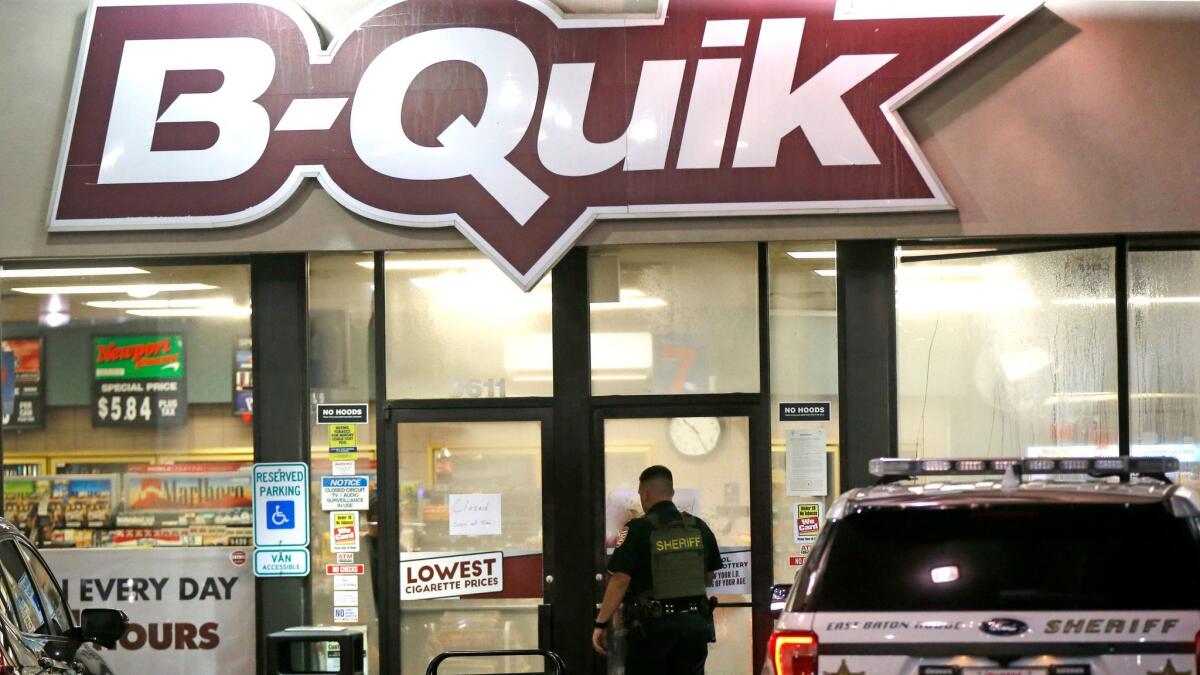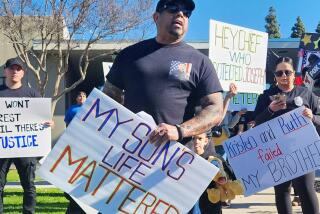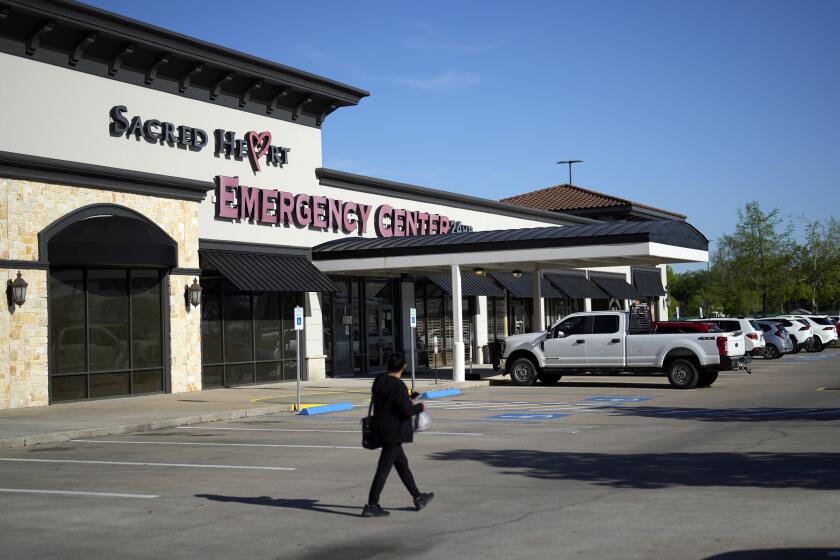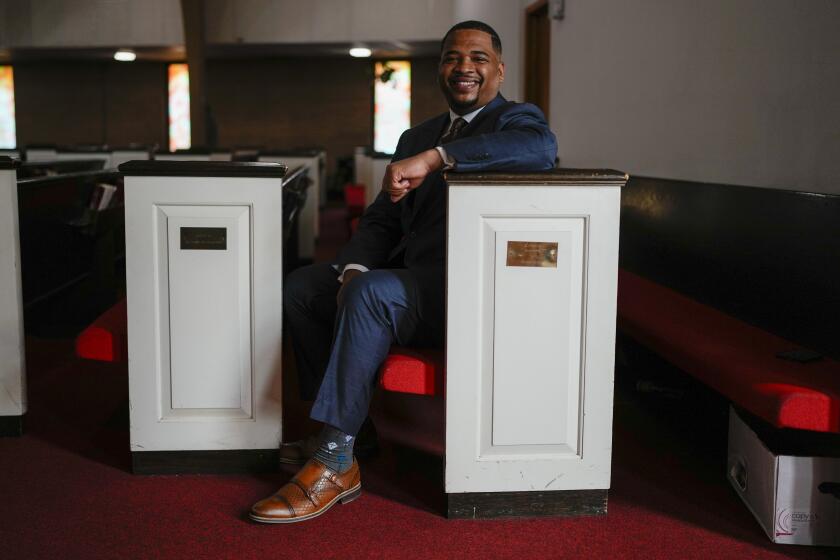Louisiana prosecutor’s report details fatal ambush of police in 2016

The gunman who killed three law enforcement officers in Baton Rouge last summer had searched online for the home addresses of two white police officers who were involved in a fatal encounter with Alton Sterling, a black man who was killed outside a convenience store, according to an investigative report released Friday.
Investigators didn’t find any indication that Gavin Long ever acted on the information, and his research wasn’t the only evidence of his anger over the police treatment of African Americans. Details about his Internet search were revealed when East Baton Rouge Parish Dist. Atty. Hillar Moore III released an exhaustive report on Long’s ambush of police. The prosecutor showed videos, photos and graphics to reporters, depicting exactly how Long attacked police on July 17.
Moore said investigators didn’t find any evidence that Long had any support from anyone in Baton Rouge or attended any of the nightly protests here after Sterling was shot to death during a struggle with two officers on July 5.
“We believe that he was ready to die this day,” Moore said. “He believes that protests are worthless and that action needs to be taken, not protests.”
The prosecutor said that after Long killed three officers and wounded three others, he was shot to death by tactical officers who acted appropriately. Long left a suicide note in which he wrote that people who knew him would be surprised he was “suspected of committing such horrendous acts of violence” but that he believed he had to inflict harm “upon bad cops as well as good cops in hopes that the good cops (which are the majority) will be able to stand together and enact justice and punishment against bad cops.”
He also had a printout from an Islamic holy book that was mostly in Arabic, and the report also found that he had been using methamphetamines and had alcohol in his system when he was killed that Sunday morning.
Long, a 29-year-old black man from Kansas City, Mo., sought out law enforcement when he attacked the officers that Sunday morning, killing Baton Rouge officers Montrell Jackson, 32, and Matthew Gerald, 41, and East Baton Rouge Parish Sheriff’s Deputy Brad Garafola, 45.
The prosecutor speculated that Long initially may have been headed to the Baton Rouge Police Department headquarters but changed his mind when he saw an officer’s car pull into a gas station.
The attack occurred amid simmering tensions nationwide over the treatment of blacks by police. Just 10 days earlier, a sniper fired on a group of police officers in Dallas, killing five and wounding nine others. Two civilians also were wounded. Two days before that, an officer in Baton Rouge killed the 37-year-old Sterling during a struggle that was captured on two cellphone videos and sparked nightly protests in the city.
Long wore black clothing and a ski mask and was armed with two rifles and a pistol when he parked his rental car near a beauty supply store and approached an empty police vehicle at the convenience store next door. In less than 14 minutes, the former Marine methodically fired on officers, unloading 43 rounds.
After Long shot two officers, Garafola drew his gun, took cover behind a trash bin and tried to rescue one of the officers. Long shot him to death and shot the other officer twice more at close range.
Long traded gunfire with other officers before he was shot by several tactical officers who arrived to help.
Long served in the Marines from 2005 to 2010, including a seven-month stint in 2008 in Iraq. He was a data network specialist who reached the rank of sergeant before an honorable discharge.
Long never saw combat in Iraq, but he told doctors he suffered from post-traumatic stress disorder because a friend showed him videos of maimed and decapitated bodies, medical records showed.
Doctors at the Veterans Administration Medical Center in Kansas City diagnosed Long in November 2011 as suffering from an “adjustment disorder with depressed mood,” but not PTSD.
Long had posted rambling Internet videos calling for violence in response to police treatment of African Americans, which he said constituted “oppression.” He also purportedly described his actions as a “necessary evil” in a manifesto that an Ohio man says was sent to him by Long less than an hour before the shootings.
His mother, Corine Woodley, told PBS talk show host Tavis Smiley that her son would “pretty much lose it” and become furious every time he heard about a black man being shot by police in what he considered an unlawful manner.
More to Read
Start your day right
Sign up for Essential California for news, features and recommendations from the L.A. Times and beyond in your inbox six days a week.
You may occasionally receive promotional content from the Los Angeles Times.






